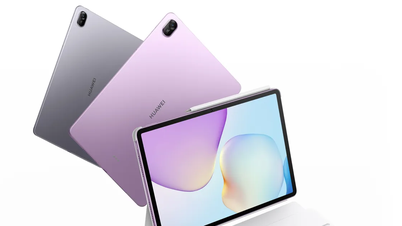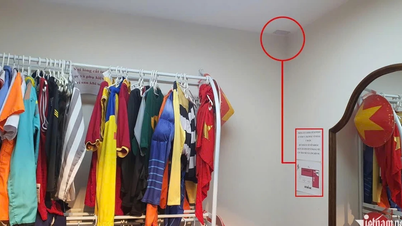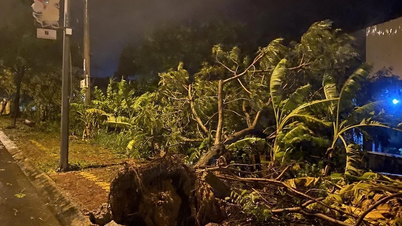 |
China's Qianfan satellite was launched last August. |
More mysterious satellites are set to be launched in the next few years, some of which are even brighter than the ones we have seen, potentially shocking scientists and space enthusiasts.
Qianfan is a "super constellation" communications satellite manufactured by state-owned Shanghai Spacecom Satellite Technology (SSST). It is a rival to US billionaire Elon Musk's Starlink satellites designed to provide high-speed internet across the globe. Little is known about the project or the design of the new spacecraft, but Chinese media have previously said the country aims to put up to 15,000 satellites into space by 2030.
The first batch of Qianfan satellites was launched on August 6 aboard a Long March 6A rocket from the Taiyuan Satellite Launch Center in northern China. The mission successfully deployed 18 satellites into low Earth orbit (LEO). However, the rocket's second stage later broke apart, littering LEO with more than 300 pieces of potentially hazardous space debris.
In a new paper, astronomers analyzed the first ground-based observations of the newly deployed satellites. Initial sightings showed the satellites were much brighter than expected.
Scientists warn that some of the Qianfan satellites are scheduled to be deployed at even lower altitudes in LEO, meaning they could be 1 to 2 magnitudes brighter than those observed in the new study. If this mega-constellation begins to form, it could negatively impact professional and amateur astronomical activities unless operators reduce their brightness, the researchers wrote in the paper.
In addition to polluting the night sky with light, this communications satellite could also disrupt radio astronomy by leaking radiation into space, which is still a problem with the latest generation of Starlink satellites. However, more observations are needed to determine whether the Qianfan satellite has the same problem.
Satellite constellations have been criticized for increasing the chance of collisions between spacecraft in LEO, creating space junk, being knocked out of orbit by solar storms, and polluting the upper atmosphere with metal pollution as they burn up on re-entry.






![[Photo] Prime Minister Pham Minh Chinh receives the delegation of the Semiconductor Manufacturing International (SEMI)](https://vphoto.vietnam.vn/thumb/1200x675/vietnam/resource/IMAGE/2025/11/06/1762434628831_dsc-0219-jpg.webp)








































































































Comment (0)